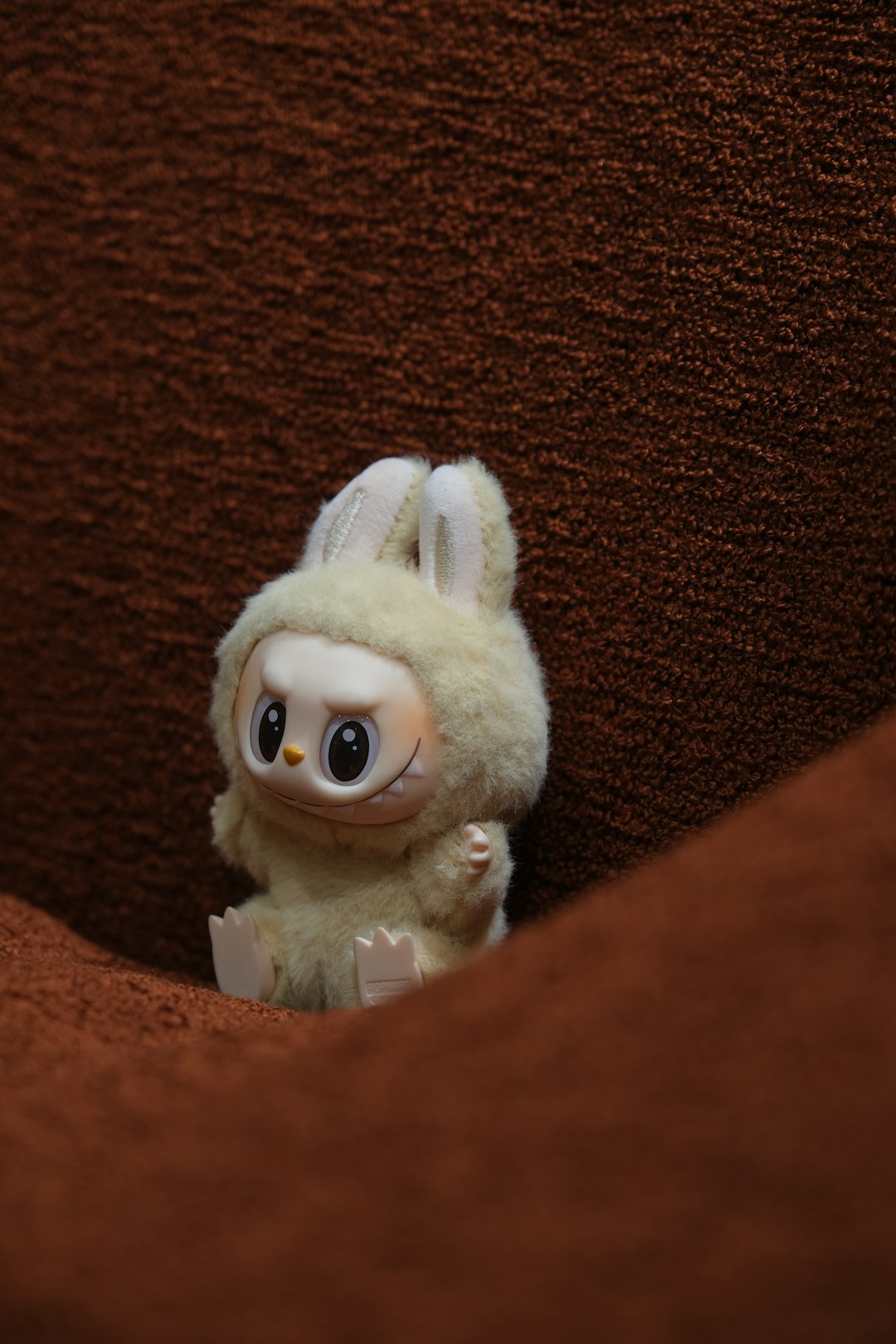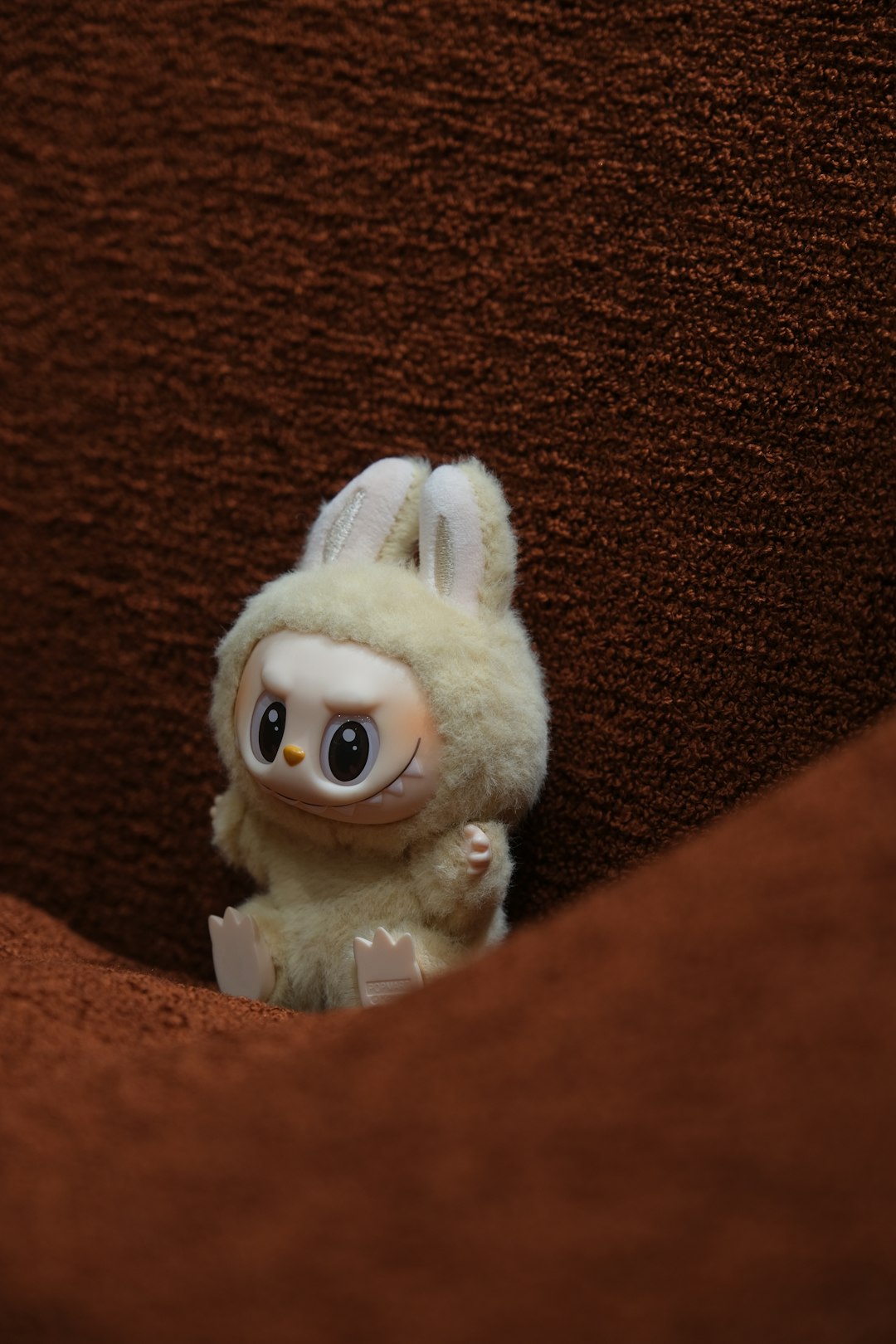Before repotting a labubu, understand its tropical habitat needs: bright indirect light and consistent moisture. Select suitable pots with drainage holes and specialized potting mixes for optimal root growth. Repot carefully, maintaining original planting depth, and provide post-repotting care with regular watering and bright light (65–75°F).
Repotting your labubu is a crucial task that requires understanding its unique needs. This comprehensive guide explores best practices for repotting labubu plants, ensuring their continued health and growth. We’ll delve into key considerations before repotting, including choosing the ideal pot and soil mixture. Learn stress-free techniques to make the process seamless and discover post-repotting care tips to nurture your labubu’s flourishing.
- Understanding Labubu's Needs Before Repotting
- Choosing the Right Pot and Soil Mixture
- Techniques for Stress-Free Repotting
- Post-Repotting Care: Nurturing Your Labubu's Growth
Understanding Labubu's Needs Before Repotting

Before repotting your labubu (a beloved houseplant or unique species), it’s crucial to understand its specific needs, as this tropical organism has distinct requirements that must be considered for optimal health and growth. Labubu’s natural habitat plays a significant role in shaping these needs—from sunlight exposure to water ingestion, knowing the statistical interpretation of its ecological behavior is key.
One important factor to consider is light; labubus thrive in bright, indirect light, so positioning them near east or west-facing windows is ideal. Additionally, maintaining a consistent moisture level is essential, reflecting the bilingual education benefits of regular monitoring and adjustment. Incorporating mindfulness exercises for students involved in its care can create a harmonious environment, fostering a deeper connection with your plant companion while ensuring it receives the attention it needs to flourish. Remember, understanding labubu’s preferences will set the stage for successful repotting, allowing you to find us at argumentative writing guide for more tips tailored to its unique requirements.
Choosing the Right Pot and Soil Mixture

When repotting your labubu, one of the most crucial steps is selecting the ideal container and soil blend. The right pot should offer adequate drainage to prevent waterlogging, which can lead to root rot—a common stress management technique for plants. Look for pots with holes at the bottom and consider using a saucer to catch excess water.
Choosing the suitable soil mixture is equally vital. A well-draining, nutrient-rich blend promotes healthy root growth. Avoid using regular garden soil; instead, opt for specialized potting mixes tailored for houseplants. These mixtures often contain organic matter and essential nutrients, ensuring your labubu receives the best care. Remember, the right pot and soil combination will contribute to your plant’s overall well-being, fostering its natural tendency to thrive—a key aspect of creative writing prompts for beginners, just as it is in budgeting 101: investing in quality resources upfront leads to better outcomes. Find us at learning strategies for more effective gardening practices.
Techniques for Stress-Free Repotting

Repotting a labubu should be a stress-free experience when approached with careful planning and the right techniques. First, choose the right container for your plant’s current size and growth habits to avoid future root binding. Next, prepare fresh potting mix tailored to the specific needs of your labubu species; this ensures optimal drainage and nutrient retention. When repotting, gently remove the plant from its old home, loosen any compacted roots without damaging them, and place it in the new container at the same depth as before. Fill in the gaps with the prepared potting mix, giving the labubu a gentle waterings to settle the roots and establish contact with the fresh soil.
To make the process even smoother, consider these learning strategies: read relevant research methodology essays for tips on effective preparation, consult analytical writing prompts specific to repotting guides for detailed step-by-step instructions, and if you’re in our visual arts history overview area, observe professional horticulturists demonstrating the technique. Remember that each labubu is unique; observe its behavior closely before, during, and after repotting to ensure a healthy transition.
Post-Repotting Care: Nurturing Your Labubu's Growth

After successfully repotting your labubu (a vibrant plant that thrives with care), the post-repotting care phase is crucial for fostering its growth and ensuring it flourishes in its new home. One essential step is to provide ample water, allowing the soil to settle before watering again. Overwatering can be detrimental, so monitor the moisture level regularly, ensuring the topsoil feels slightly dry to the touch. This gentle balance will encourage deep root development.
In addition to hydration, consider enhancing the plant’s environment with moderate lighting and optimal temperature conditions. Labubus generally prefer bright, indirect light; positioning them near east or west-facing windows is ideal. Maintain a consistent temperature between 65–75°F (18–24°C) for healthy growth—a range suitable for both language learning students and those exploring qualitative data collection techniques through art appreciation. Remember, your labubu’s well-being post-repotting directly contributes to its future success, making these care practices a vital part of the plant parent’s journey. Find us at information literacy definition for more insights on nurturing your green companions.
Repotting your labubu doesn’t have to be a daunting task. By understanding your plant’s needs, selecting the appropriate pot and soil mixture, utilizing stress-free techniques, and providing proper post-repottng care, you’ll ensure your labubu thrives in its new home. Remember, knowledge is key – with the right approach, repotting can be a game-changer for your beloved labubu’s growth and longevity.





Leave a Reply